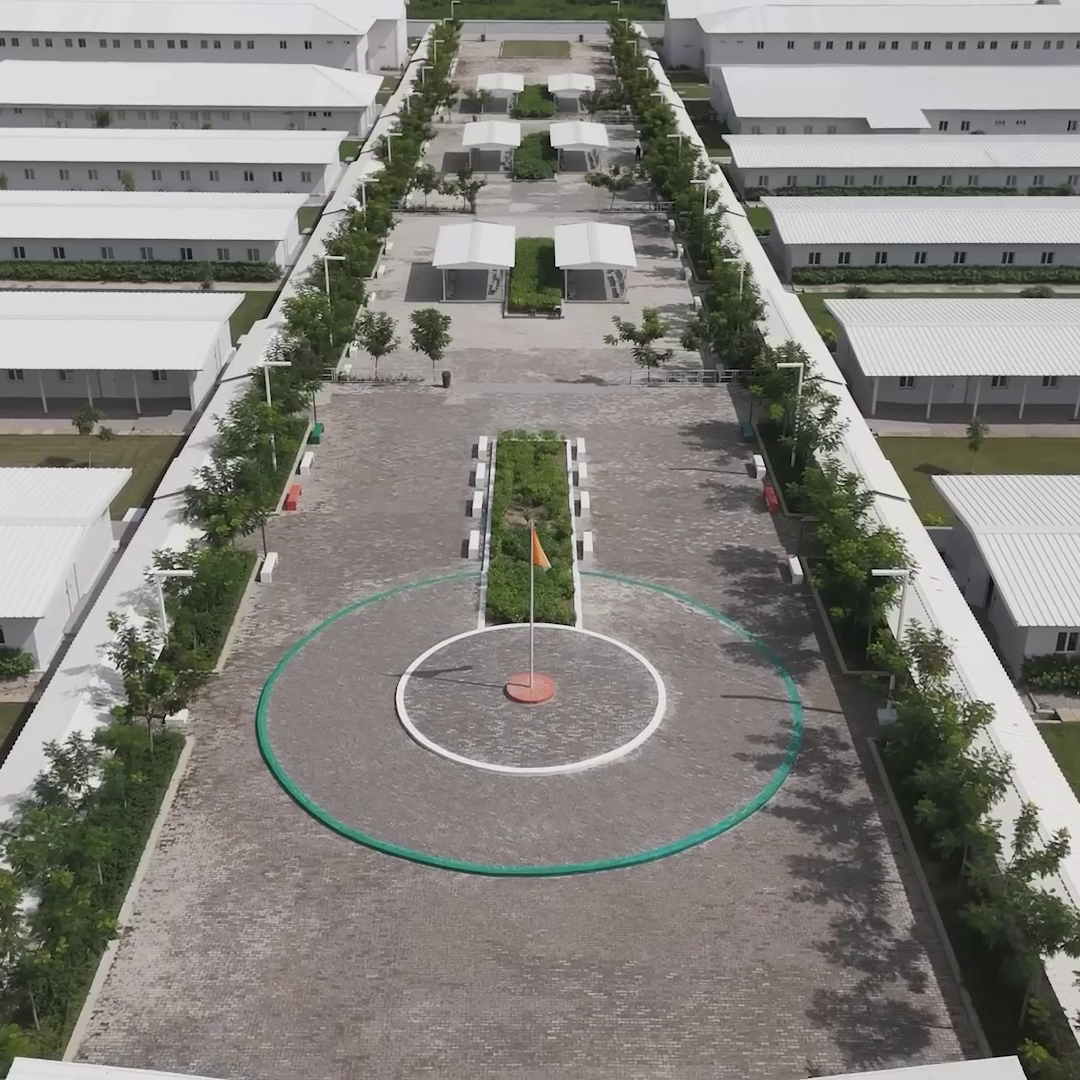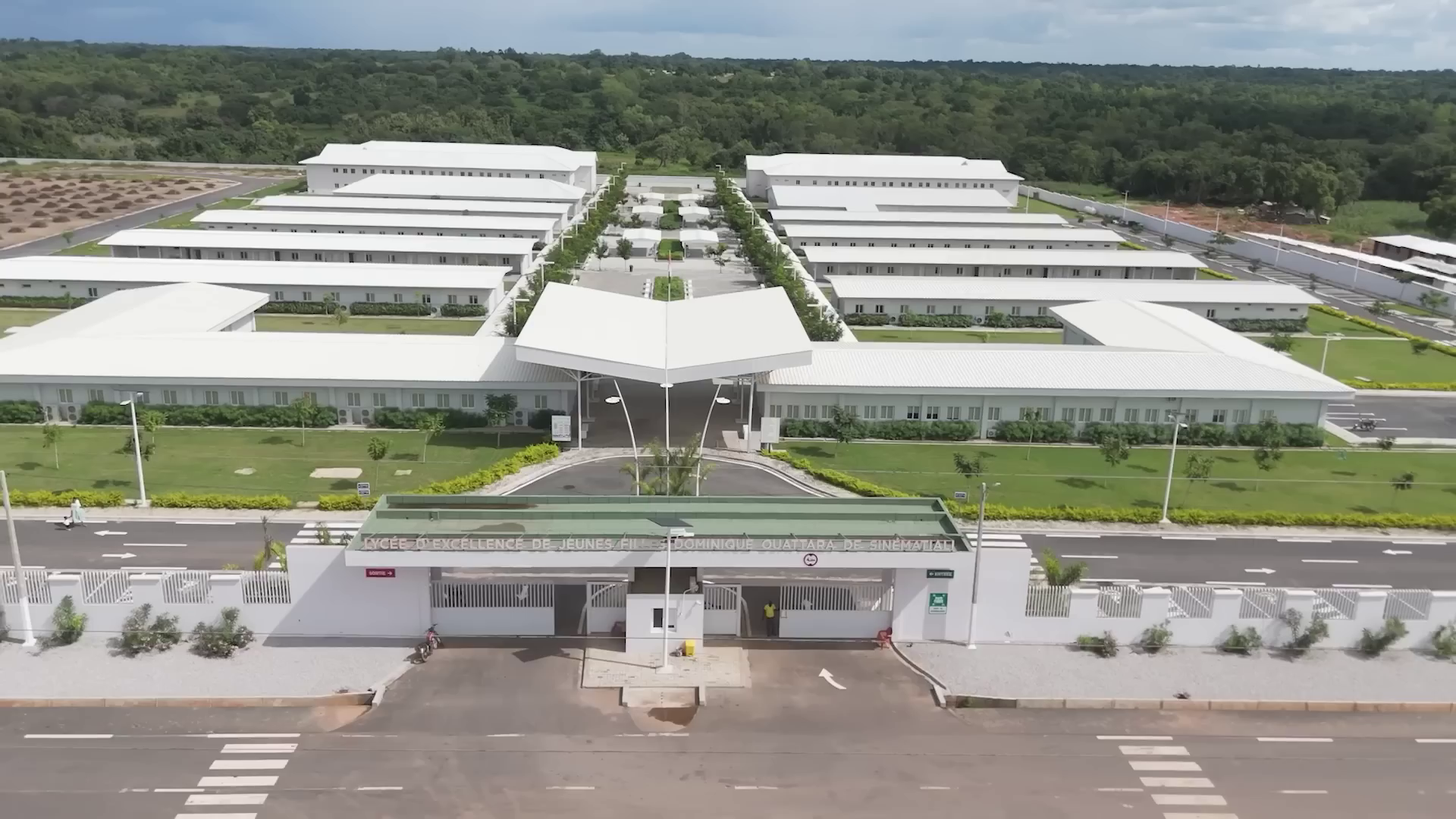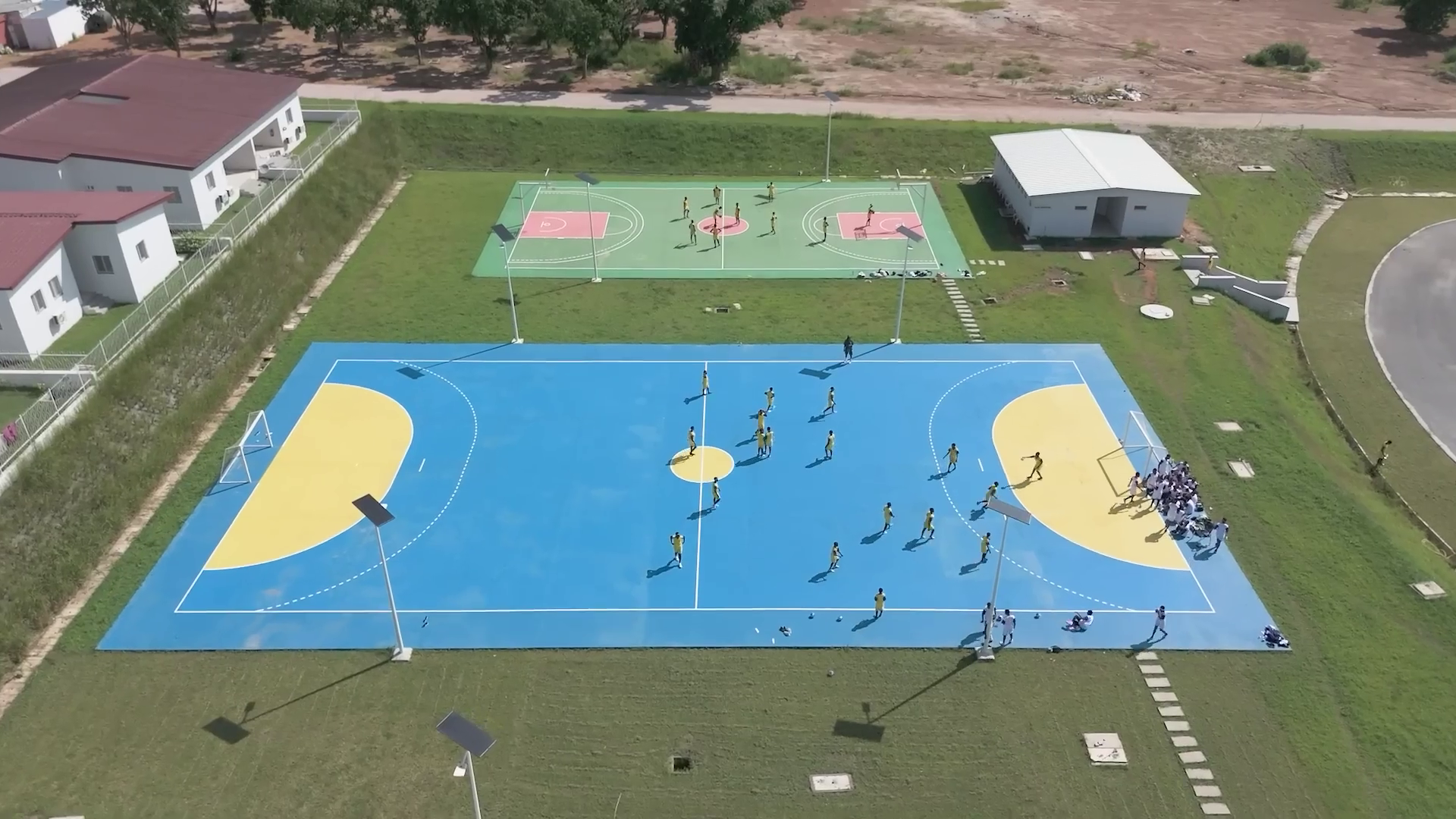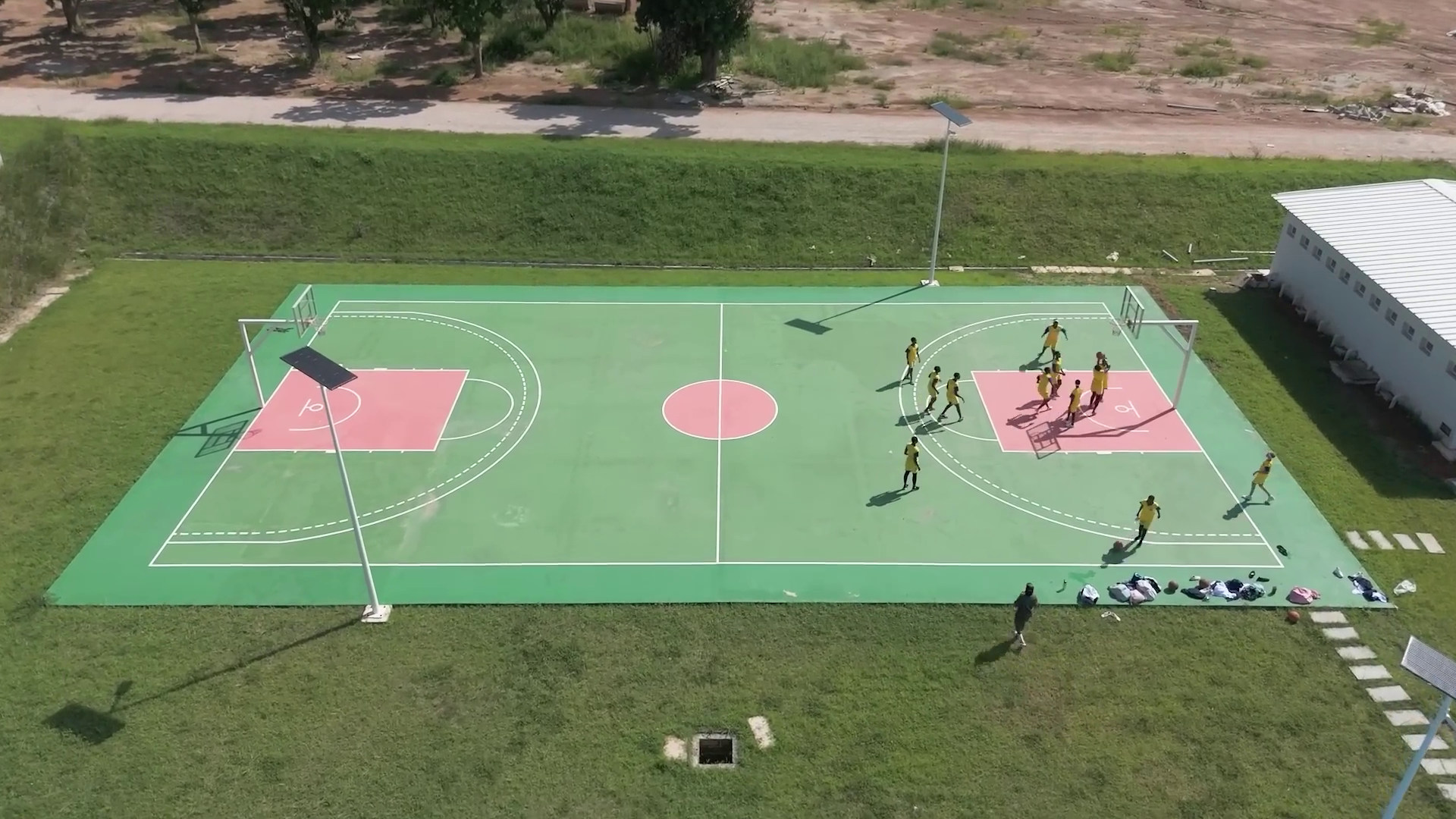Projects
LOCATION
Sinématiali, Ivory Coast
Luminaires
In Sinématiali, Ivory Coast, GROUPE RAGNI puts its expertise at the service of excellence and the future of young people.
The capital of the department in the Poro region (Savanes district), the town embodies the dynamism of a progressing Africa, driven by the growing power of knowledge and innovation.
It was here that inaugurated in May 2025, the Lycée d’Excellence de jeunes filles, a powerful symbol of academic success and equal opportunity.
Named after the First Lady of Ivory Coast, Madame Dominique Ouattara, the school aims to provide a demanding, secure learning environment that will help the country’s future talent to flourish.
To support this ambition, exterior lighting is a strategic component: it ensures the safety of students, facilitates movement within the campus and enhances the quality of daily life. With this in mind, the main contractor Contractor CI called on GROUPE RAGNI, renowned for its expertise and the reliability of its lighting solutions.

Long-lasting, reliable solar lighting
To ensure the long-term safety of this girls’ boarding school, the solar solution was a natural choice.
The installer deployed 29 COMBI TOP 3 and 5 COMBI TOP 5 double-lamp solar streetlights with dimming supplied by our brand NOVÉA ENERGIES to provide efficient, mindful lighting for roads, parking lots and sports fields.
Additional information:
- 24 ALTURAN luminaires now illuminate the central aisle,
- 25 KASSIO bollards and 3 MARGO bollards from our RAGNI brand structure the pedestrian zones and the campus traffic circle.
Proud to have contributed to this emblematic project, GROUPE RAGNI underlines the quality of the collaboration with local players, all committed to the same values: excellence, sustainability and positive societal impact.
Thanks to this development, the Lycée d’Excellence de Sinématiali now has a modern, safe and forward-looking environment – a source of hope for an entire generation and, more broadly, for the development of the country and the continent.
We would like to thank Ministry of National Education and Literacy and its Minister Professor Mariatou Kone, Ageroute, General Manager Fabrice Coulibaly and his supervisory Minister Dr Amédé Koffi Kouakou, BNETD and its CEO Kinapara Coulibaly, Ci-Énergies, the Government of Ivory Coast Madame Dominique Ouattara, First Lady of Côte d’Ivoire, Ministry of Mines, Oil and Energy, the actions of Minister Fidele Gboroton Sarasoro, Contractor CI, not forgetting our Ivorian subsidiary: Tertuce Lingani, Sales Engineer and Fatoumata Menann-Kouame, General Manager at GROUPE RAGNI Côte d’Ivoire.




